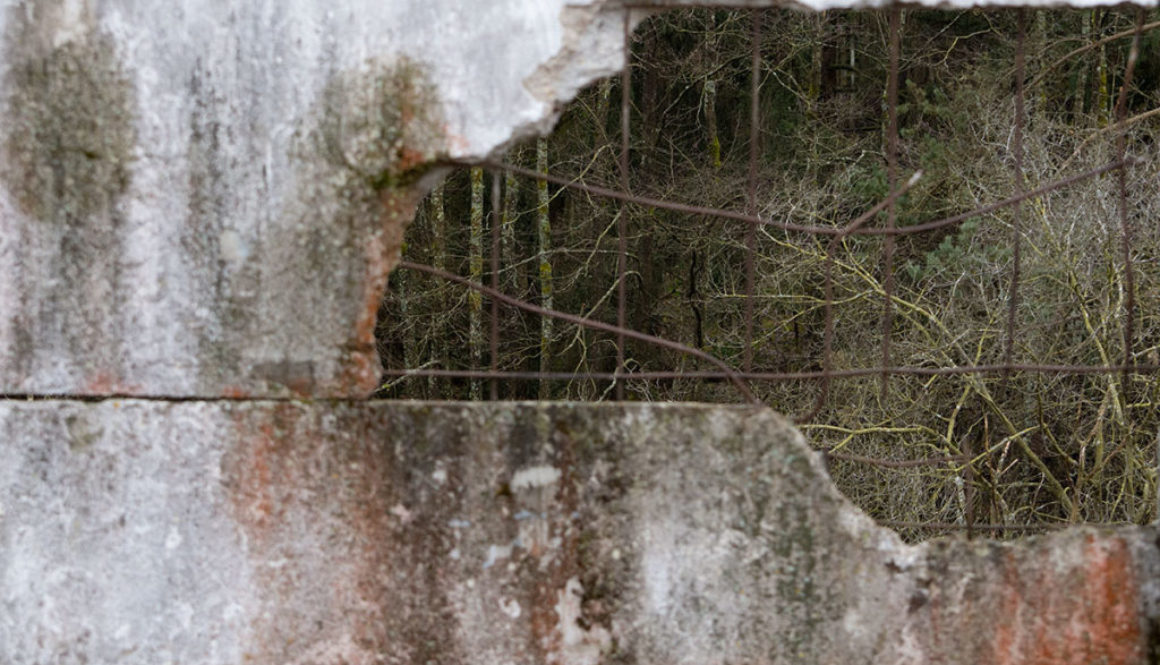European Green Belt
“
— ”
The adjacent image that juxtaposes natural and man-made elements was taken in Bayern, from a physical section of the former border between East and West Germany. This former border now forms part of the European Green Belt, an ecological buffer zone in Europe.
The European Green Belt initiative is a grassroots movement for nature conservation and sustainable development along the corridor of the former Iron Curtain. It connects national parks, nature parks, biosphere reserves, and transboundary protected areas, as well as non-protected valuable habitats along or across the former borders.
In the forty years between the formation and fall of the former Iron Curtain, which ran from the Barents Sea to the Black Sea, severe restrictions with regards to access and land use had an unintended side effect of allowing nature along the border to develop almost undisturbed. The fact was observed as early as 1970, when satellite imagery depicted a dark green belt of old-growth forest on the Finnish-Russian border. In the early 1980s, nature conservationists observed many rare species within the restricted border area in between East and West Germany, when looking on with binoculars from the latter country.

Image source:
A Living Memorial, April 9, 2018
https://thehumancycles.com/author/tamzin/
References
1. https://en.wikipedia.org/wiki/European_Green_Belt
2. https://thehumancycles.com/category/european-green-belt/
1. https://en.wikipedia.org/wiki/European_Green_Belt
2. https://thehumancycles.com/category/european-green-belt/